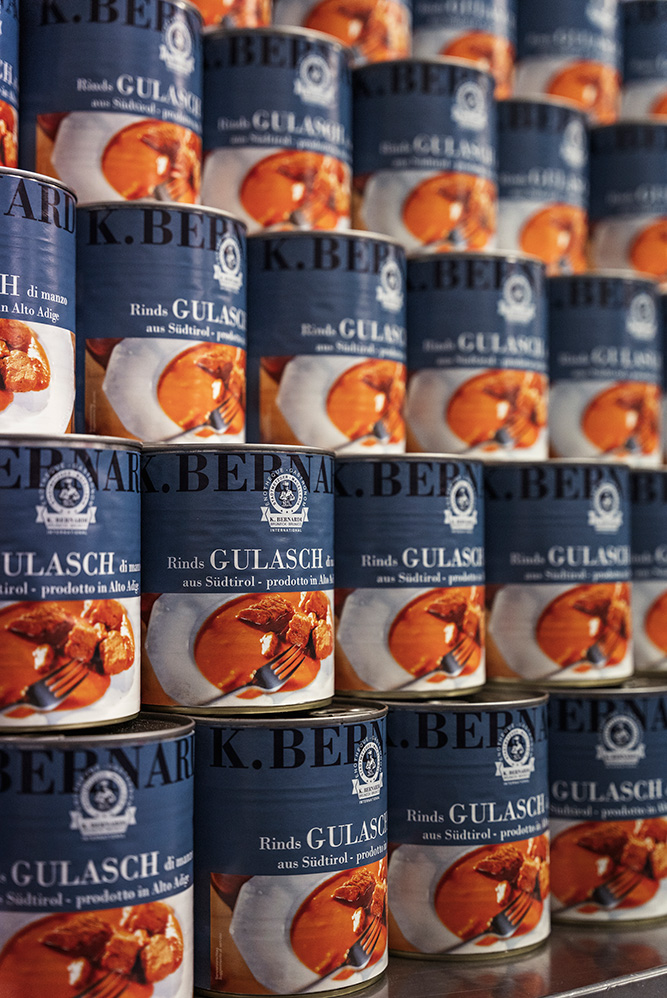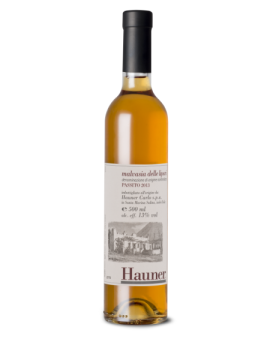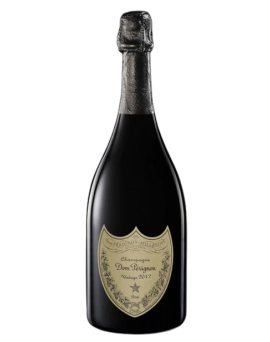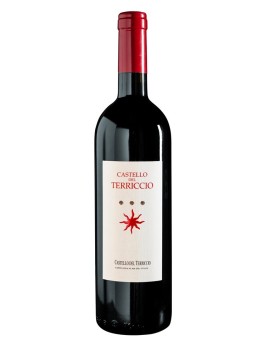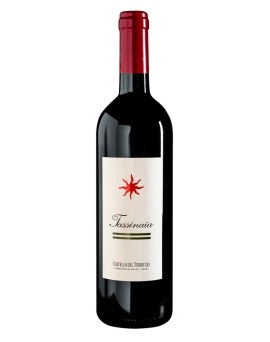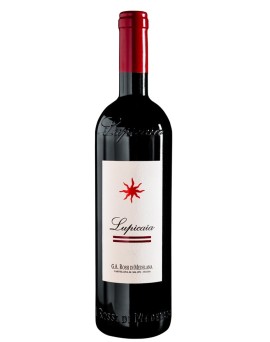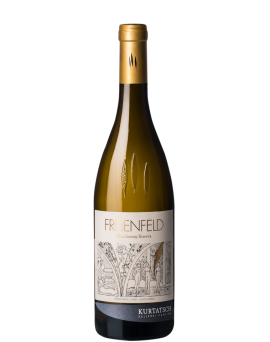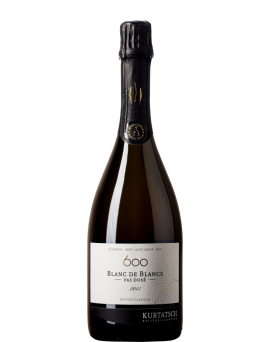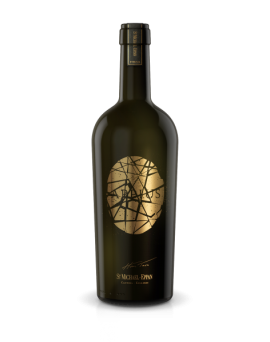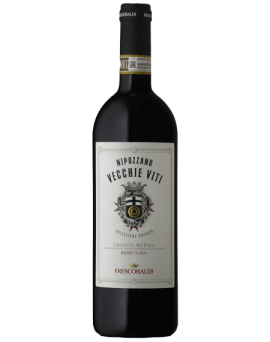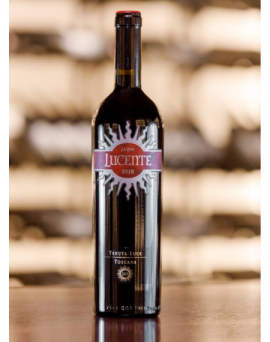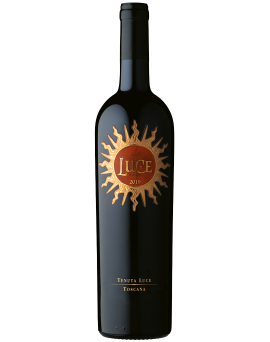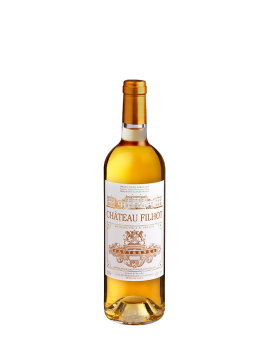Malvasia Lipari DOC Passito...
Malvasia delle Lipari<br />DOC passito<br /><br />THE COMPANY<br />A passion for oenology and for Malvasiadelle Lipari as the ultimate challenge of an intense life studded with interests. This was the spirit with which Carlo Hauner embarked<br />on his adventure in the Aeolian Islands in 1963; from painter to internationally renowned designer, he started wine production after restoring ancient terracing on the island of<br />Salina. His small revolutions in the cellar fascinated experts, starting with Veronelli, and brought Hauner's Malvasia to the tables of prestigious restaurants, in Italy, France,<br />the United States, Great Britain and Japan. In the 1980s, with the construction of a modern cellar, production was expanded, and alongside the Malvasia, Salina Bianco,<br />Salina Rosso and Antonello were born, a product of great lineage aged in barriques. aged in barriques. Since 1996, it is the son Carlo Junior together with his sons Andrea<br />and Michele who run the company and produce two versions of Malvasia delle Lipari: natural and raisin.<br /><br />CHARACTERISTICS<br />VINE: Malvasia delle Lipari 95%, Corinto Nero 5%.<br />CULTIVATION : espalier<br />HARVEST : late and withering on 'Cannizzi' for 15/20 days<br />VINIFICATION : skin contact and vinification at controlled temperature<br />MATURATION : Temperature-controlled tanks<br />AGING : 6 months in bottle<br />TASTING NOTES<br />Amber colour with vivid highlights, bright and transparent, excellent consistency.<br />Rich nose with fruity hints of dried figs, dates, ripe apricots, honey and sweet spices.<br />sweet. Mouth marked by a velvety softness, sweet but not cloying, supported by great flavour. supported by great tastiness.<br />
Price
€38.90

